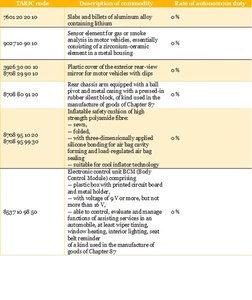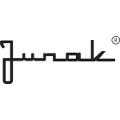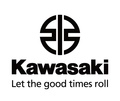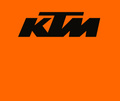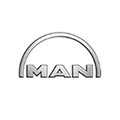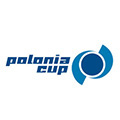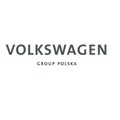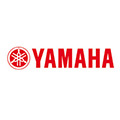05_Chance for real savings in customs duty. Customs suspensions and tariff quotas.
System of customs duties suspensionsis designed to establish temporary reduced rates of customs duties on goods imported into the European Union. In practice, it allows to import goods with 0% customs duty (total suspension) or, in exceptional cases, a rate lower than the previously used one (partial suspension) for 3 to 5 years of them being applicable, without any quantitative restrictions. At the end of this period, it is possible to extend the suspension, if it’s still justified.Tariff quotas, unlike suspensions, are subject to quantitative restrictions.
Who can apply for the suspension?
System of customs duties suspension is designed especially for those manufacturers and importers who manufacture products using raw materials, semi-finished goods or components not available or not manufactured within the European Union or available in insufficient quantities. The important thing is that:
- such goods should not be final products which are intended for sale to the end consumer,
- once they have been imported, such goods should be processed within the EU (including processes such as assembly of components),
- the added value of the goods should be sufficiently high to justify the suspension, i.e. positive aspects of the suspension should outweigh the negative effects of abandoning the protective function of customs duties (if the imported goods are end-products).
The range of goods that can be covered by the suspension of customs duties is in principle not limited, because it is determined on the basis of proposals from EU entrepreneurs. Therefore, there are goods of various types in the lists of customs suspensions, starting from very simple raw materials deposits of which are not available in the EU, up to technically advanced components not manufactured in the EU. It is worth mentioning, however, that due to the principle of non-discrimination which guides the European Commission when custom duties suspensions are introduced, they, in principle, may be introduced only for goods which are not covered by any exclusive commercial agreement limiting the possibility of their purchase by other that the applicant EU importers from third-country producers, or for the goods covered by patents. The introduction of a suspension or tariff quota should also not interfere with other EU policies, such as EU free trade agreements, trade defense measures or environmental restrictions. Moreover, in order to avoid applications having no business justification, establishing the suspension of customs duty is only possible in relation to the goods for which the applied duty rates are higher than 0% and the amount of savings arising from the introduction of the suspension is not less than EUR 15,000 per year.
Customs duty savings for the automotive industry
The most recent Regulation[1] establishing customs suspensions came into force on 1 January 2017. It has introduced new suspensions, including those established at the request of car industry manufacturers. They are related to both the raw materials necessary for the production of automotive components, whose deposits are not available on the territory of the European Union, and highly advanced semi-finished products and components the purchase of which within the European Union is impossible for various reasons. Today, there are customs duty suspensions applicable in relation to many goods intended for manufacturers of parts and automotive components, such as:
Based on the examples above, customs suspensions cover both general goods and those which, as described, are intended solely for the manufacture of cars or their components. It is extremely important, therefore, to describe the requested product in such a way that it corresponds exactly to the product concerned. Suspensions and thus 0% duty rates on the components mentioned in the Regulation can be benefited from by each importer, as long as the goods imported by them are 100% compatible with the wording of the descriptions contained in the Regulation. That is why it is so important to have an excellent knowledge of the product at the stage of preparing the application.
Customs suspensions are a chance for business
Having in mind the abovementioned benefits, despite the fact that the process of obtaining the suspension itself is not easy and often requires a coordination of many areas of activity of the company and dealing with the lengthy procedure of the European Commission, steps to identify the potential to apply for the suspension or tariff quotas are worth to be undertaken. For manufacturers, who import significant volumes of raw materials or components covered as a standard by positive duty rates, introducing a customs suspension may results in real savings that can reach up to millions of Polish zlotys per year. Therefore, obtaining them for at least a few components needed for production in the EU can make this production much more profitable.
Currently, the Ministry of Development is processing the applications submitted by Polish manufacturers in the December term, which, after the successful completion of the suspension establishment procedure, will apply from 1 January 2018. The next term, and thus an opportunity for Polish producers to apply for suspension of customs duties,expires on 30 June 2017. Applications submitted within this period, after being considered favourably by the Ministry of Development and the European Commission, may be published as a suspension of customs duties and thus allow the import of requested goods with 0% duty from 1 July 2018. Consequently, it is worth to analyze data on imports now, to identify the potential of applying for a customs duties suspensions. In the era of striving for cost optimization, they may, in fact, prove to be a very important factor in increasing the profitability of European manufacturing sites.
Contact:
Michał Zwyrtek
senior manager in Tax and Legal Department at PwC

